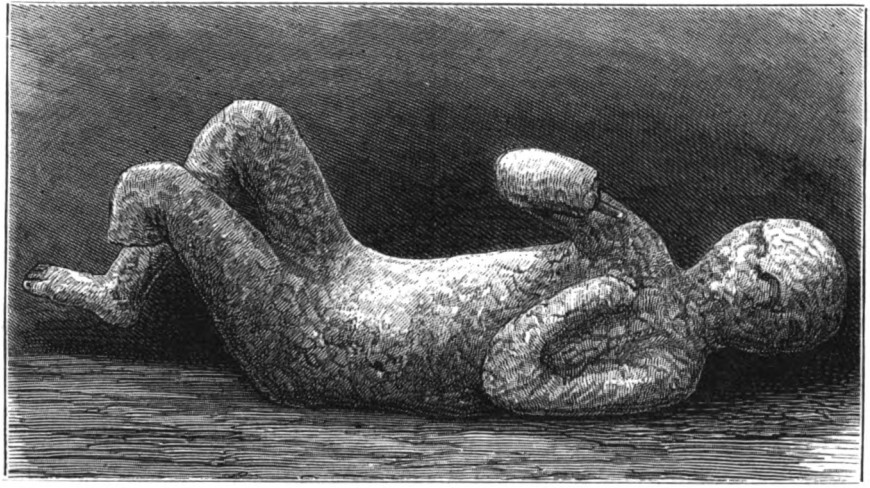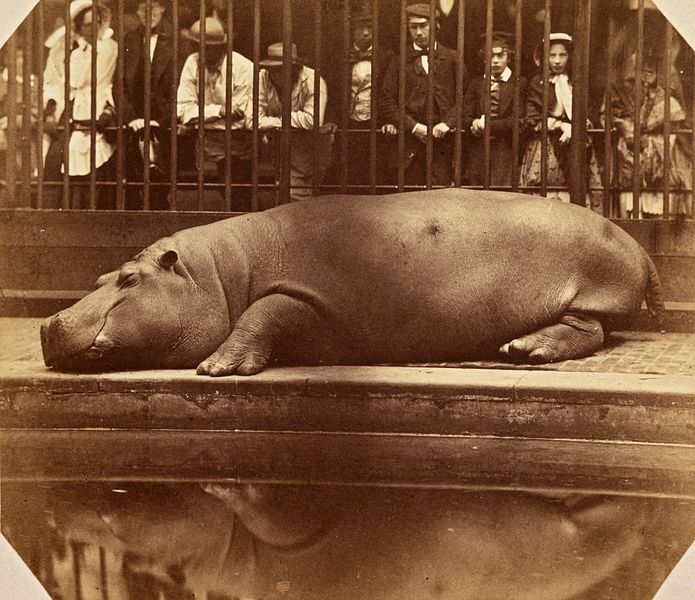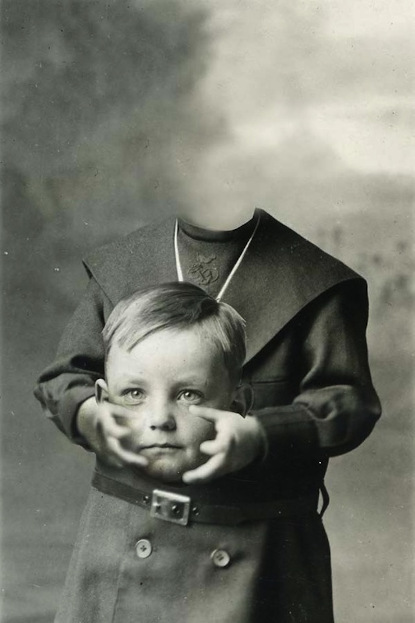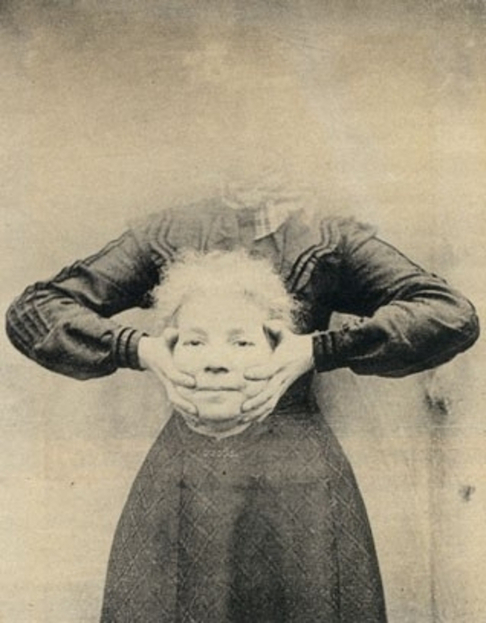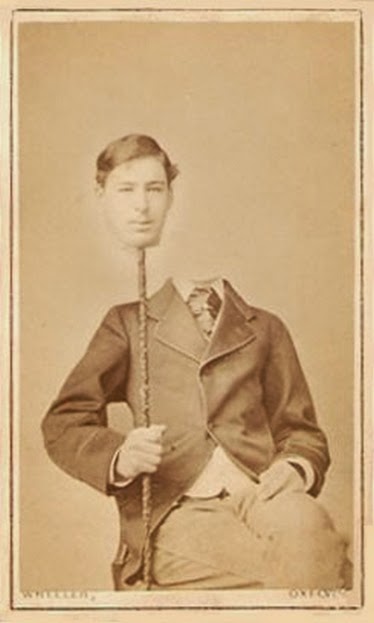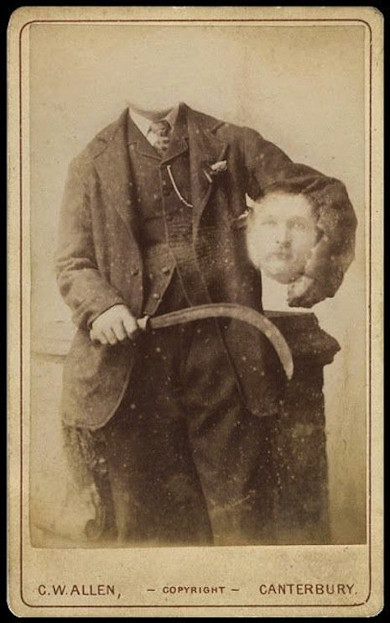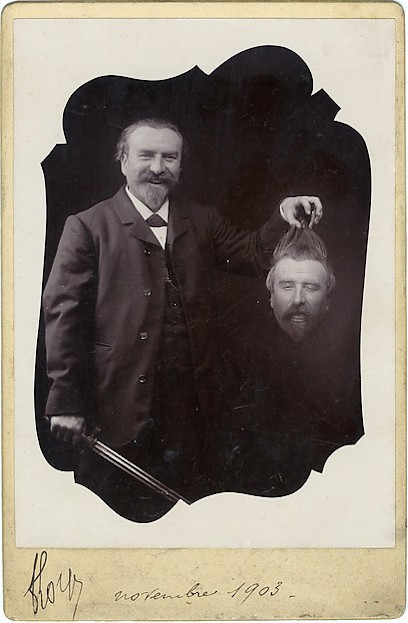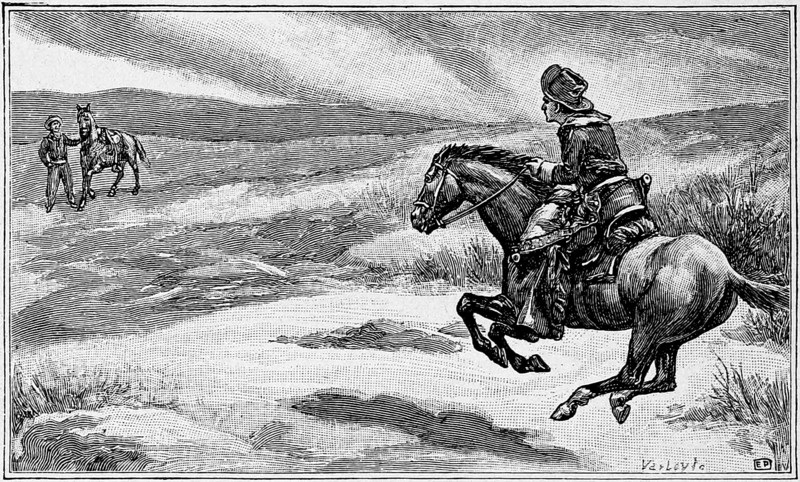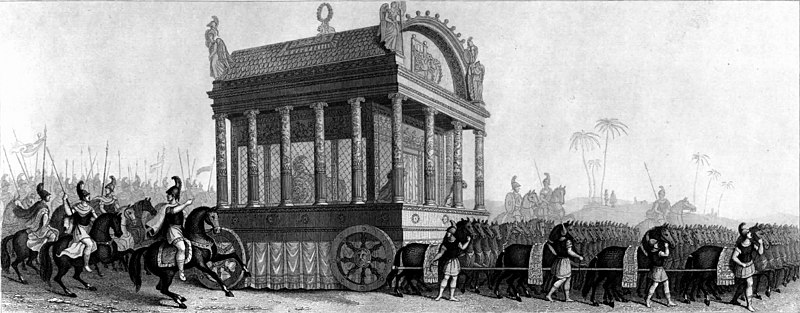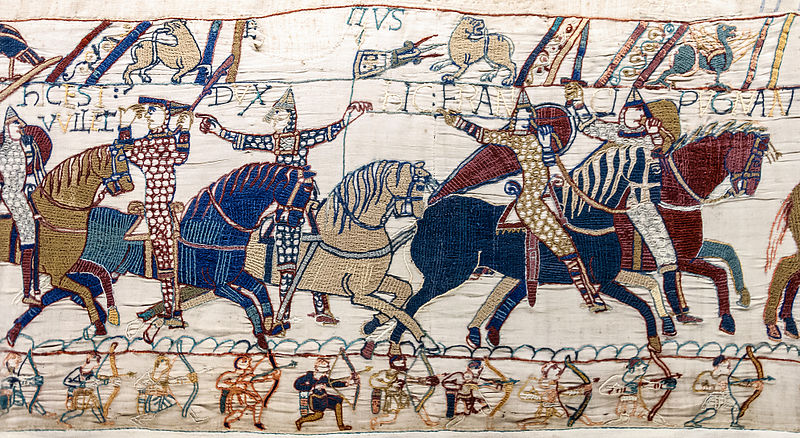
The Norman Conquest unfolded before the advent of modern heraldry, so warriors couldn’t be identified reliably by the designs on their shields, and their hoods and helmets tended to obscure their faces. As a result they were often unrecognizable. At the Battle of Hastings, William the Conqueror had to raise his helmet to show that he was not dead, as recorded on the Bayeux Tapestry (Eustace II, Count of Boulogne, points to him to rally the troops). Combatants began to carry armorial shields early in the 12th century.

